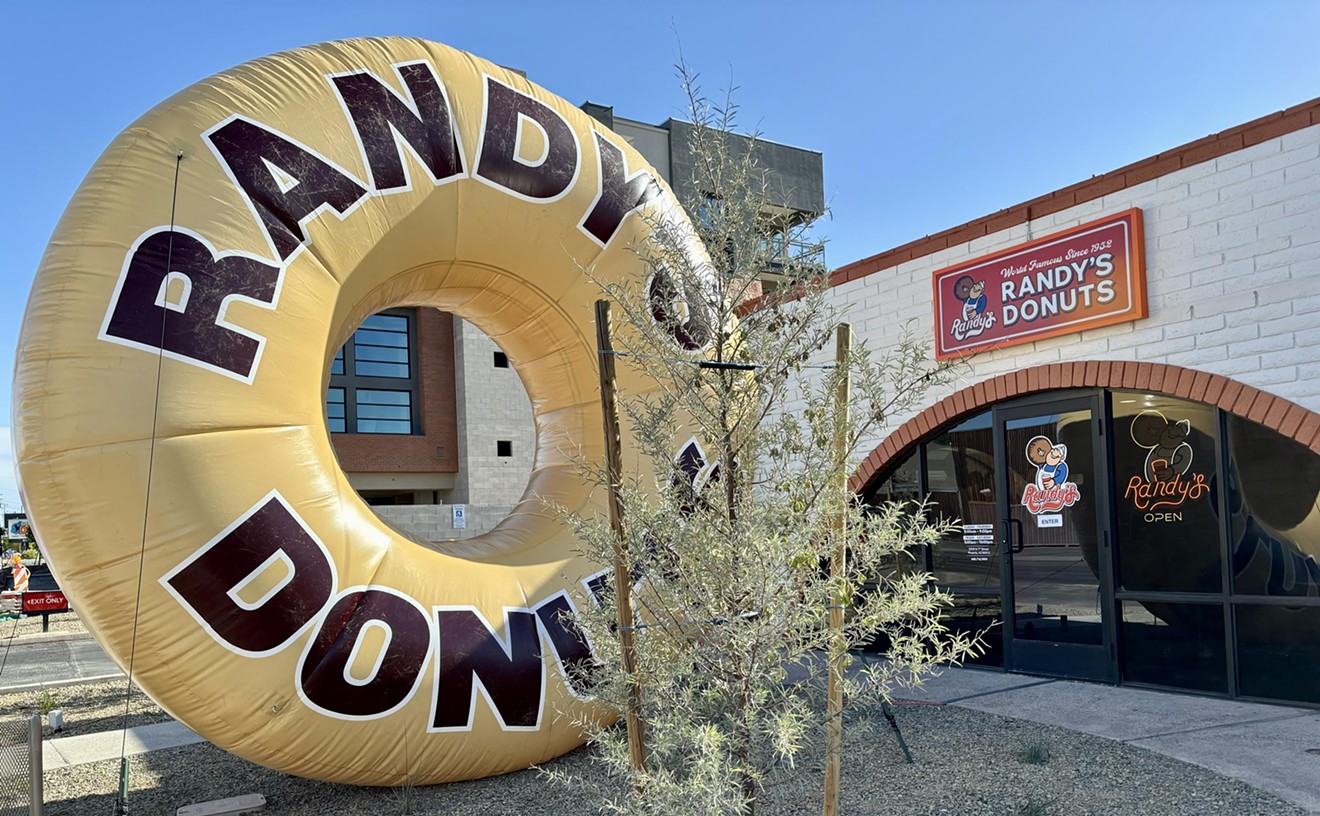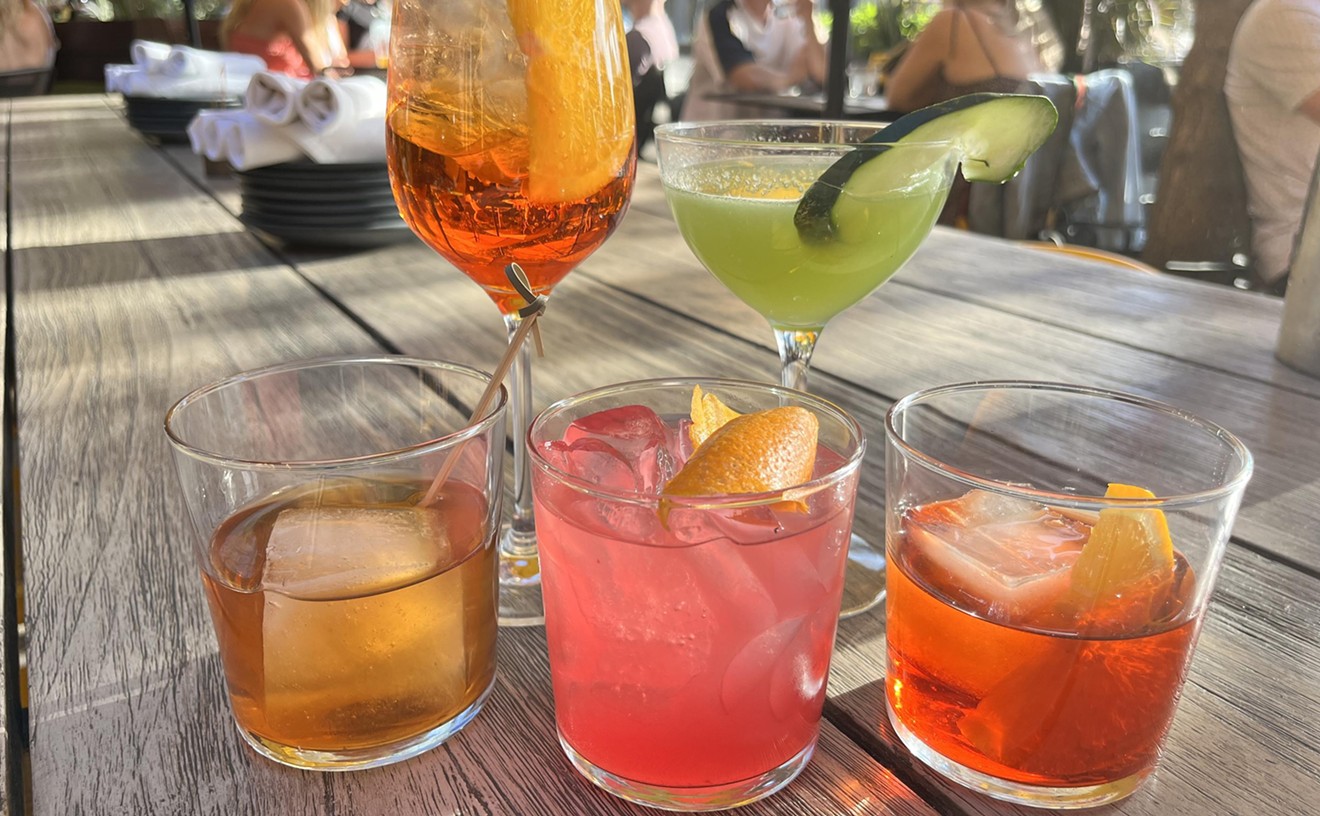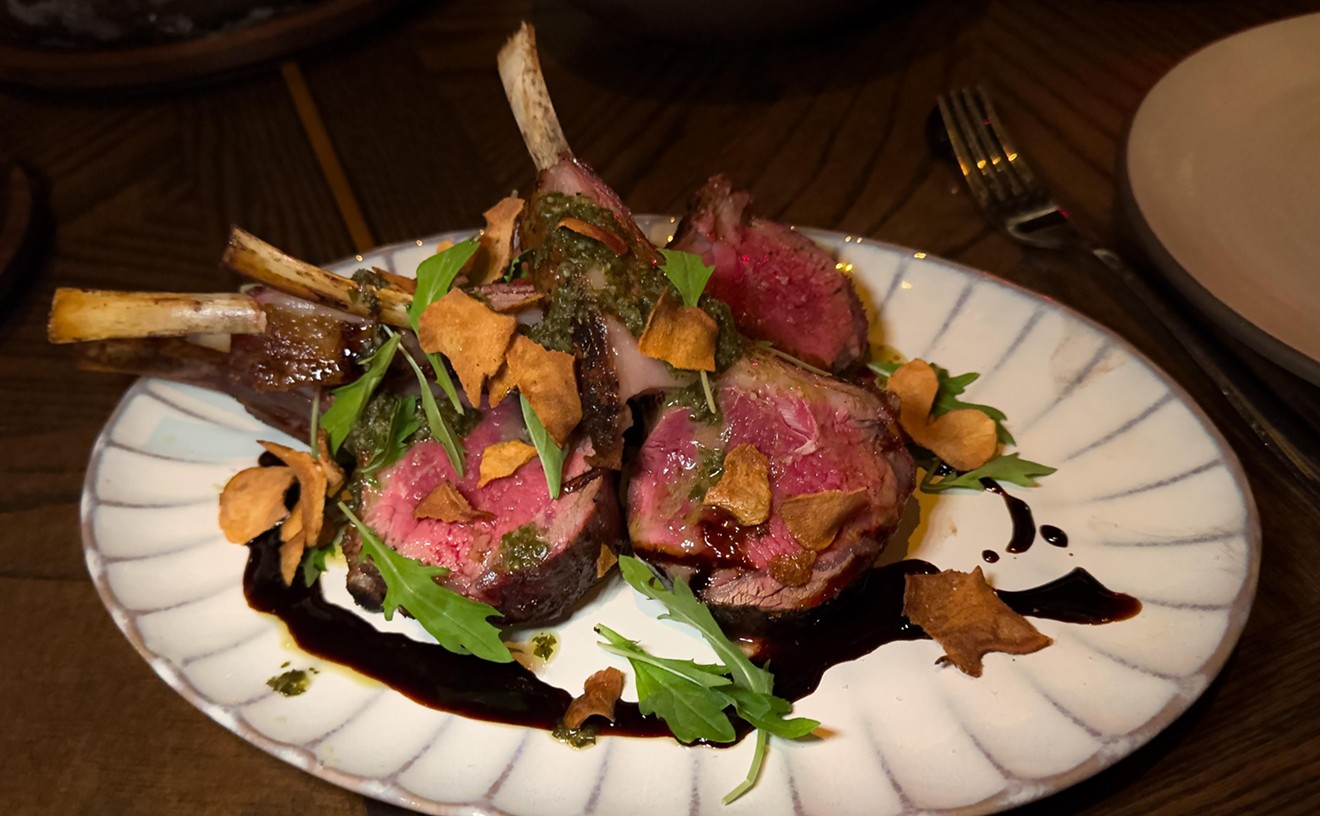Even if you think you don't like sushi, you should go see this movie. With luck, it might encourage you to give sushi a shot. At worst, you'll at least walk away with some idea why sushi is so popular.
Jiro Dreams of Sushi, a stunningly filmed documentary by director David Gelb, is much more than a simple film about dead fish on rice. It's a human drama about a man who is so thoroughly devoted to his craft that he has elevated it to an art form. It's a family drama about fathers and sons. And by turns, it's a story with a strong environmental message that urges audiences to consider what they are eating and why.
I don't want to belabor the point but this movie is gorgeous, puking rainbows gorgeous. There are scenes where the fish stops looking like sushi and more like edible jewels served on beds of clouds. I would highly recommend eating sushi before coming to this film because everything afterwards will probably be somewhat of a letdown.
(For the Phoenix crowd, here's our list of favorite sushi restaurants in town.)
What's the big deal with this Jiro guy? Bruce Lee is often held up as an example of a man who has fully devoted his life to refining and perfecting his talents to an almost mystical level. By doing so, he came to define a genre for decades to come.
That's what Jiro has done with sushi. Instead of learning progressively more powerful techniques for kicking Chuck Norris unconscious, he's spent more than half a century learning -- practicing, refining and practicing some more -- the art of transforming the simplest of ingredients into food. But his obsession goes so much deeper than just preparing food. As the movie progresses you will see that his dedication and attention to detail seep into every aspect of his restaurant.
Jiro's restaurant is tucked away in a Tokyo subway station and, by design, seats only ten customers. Eating at Sukiyabashi Jiro requires reservations months in advance and start at the equivalent of $300 a person (depending on market prices). In return, customers get what looks like the perfect dining experience. One of the reasons Jiro requires reservations is so he has time to figure out exactly how his customers will be seated for dinner service. The entire meal is one piece of sushi at a time, directly from the cooks hands to your mouth. Jiro claims that he tailors the thickness of each cut of fish to the relative size and gender of his customers. Even the very layout of the restaurant is a reflection of the man himself. Jiro is left-handed so the seats are arranged in such a way that he can easily reach every setting.
It's unsurprising then that his searing focus extends beyond the walls of his tiny restaurant. Some of the film's most shockingly beautiful scenes take place at the Tsukiji Central Fish Market. After explaining the lengths to which the restaurant goes to procure only the best fish, the film segues into a brief meditation on the state of commercial fishing and consumer consumption. The film points out how strange it is that sushi, a delicacy and a treat, has become so common place. Something you can pick up in a convenience store or eat off of a conveyor belt. This demand for cheap fish, quality be damned, is part of the market forces that have driven the fishing industry to over fish and deplete global stocks. Or as Gelb said, "The proliferation of sushi has distorted what sushi is capable of being." It also raises the question. If one of the world's greatest chefs has trouble finding quality fish, what do you think that will mean for you and I?
You'll notice that I haven't mentioned much the "fathers and sons" quip. The trailer above and the indeed, the first part of the movie, setup a conflict between Jiro and his two sons who are also sushi chefs. Given the statue of what Jiro has accomplished in the field of sushi the pressure they are under to measure up is enormous. How that story is resolved is both satisfying and distinctly Japanese.
David Gelb dreams of sushi too We had a chance to speak with director David Gelb about his movie. He said that the visual style is something that he decided on before he even started filming. He wanted to bring narrative movie techniques, things that you would see in a "regular" Hollywood movie, and bring those into a documentary. One of those techniques is a use of slow motion to help capture and highlight the intricate details that go into making each piece of sushi. Because it has so few ingredients, the biggest difference between Jiro's sushi and Safeway sushi is technique. The rice has to be packed tight enough that it holds together but loose enough that it is still a pleasure to eat. At regular speed it just looks like Jiro is patting some rice into an oblong lump. But slowed down, you can see how half a century of experience allows him to deftly maneuver each grain of rice into the configuration best suited to hold the piece of fish he has selected.
Gelb said that one of the favorite sushi he had was the egg sushi served at the end of the meal. He bemoaned that people often underestimate just how good egg can be. Jiro's egg sushi takes more than a decade of training to master. The result is a block of egg that resembles a pound cake and possesses what Geld describes as a custard like sweetness.
A final note. They don't dwell on this much in the movie but it is worth pointing out that sushi didn't start out as high-brow delicacy. It started out as street food and bar food, something you would slam down over beers or while watching a show. It makes you wonder what pedestrian food we consume today that may one day be considered the very apex of fancy cuisine.
Jiro Dreams of Sushi is playing in only one theater in Arizona: Harkins Camelview 5.










